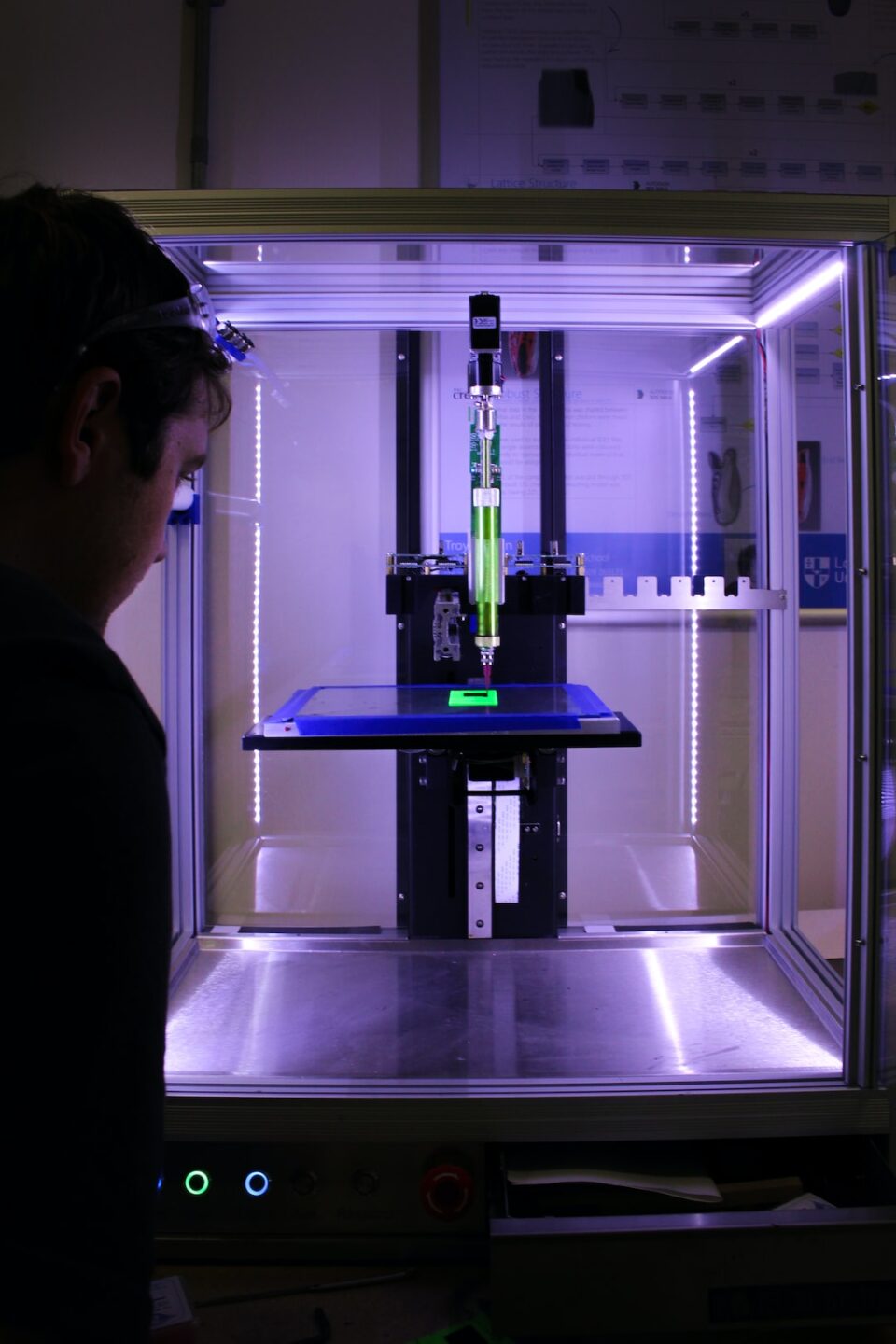Developing a Culture of Continuous Improvement in Manufacturing
In the fast-paced world of manufacturing, there is a constant need for innovation and improvement. To stay relevant and competitive, companies must continuously strive to optimize their processes, eliminate waste, and enhance productivity. Developing a culture of continuous improvement is the key to achieving these goals and ensuring long-term success in the manufacturing industry.
So, what exactly is a culture of continuous improvement? It is an environment where every employee is empowered to identify areas for improvement and contribute their ideas. It is a mindset that focuses on finding solutions and implementing changes, rather than dwelling on problems. This culture fosters collaboration, creativity, and adaptability, which are essential for thriving in the ever-changing manufacturing landscape.
One of the fundamental principles of developing a culture of continuous improvement is to establish a clear vision and goals. Leaders must communicate a compelling vision that highlights the importance of continuous improvement and its alignment with the company’s overall objectives. This establishes a sense of purpose among employees and acts as a guiding light for their improvement efforts.
Furthermore, organizations should invest in training and development programs to foster a culture of continuous learning. By equipping employees with the necessary skills and knowledge, companies can ensure their workforce is well-prepared to identify improvement opportunities and implement effective solutions. These programs can include lean manufacturing techniques, quality management systems, and problem-solving methodologies.
To truly develop a culture of continuous improvement, organizations need to foster an environment of trust and collaboration. Employees should feel comfortable sharing their ideas and taking calculated risks without the fear of reprimand or ridicule. By promoting open communication and valuing every employee’s contribution, companies can harness the full potential of their workforce and drive meaningful change.
To sustain the culture of continuous improvement, organizations should establish solid feedback mechanisms. Regular review meetings, performance evaluations, and anonymous suggestion boxes can provide valuable insights into areas for improvement. By collecting and analyzing feedback, companies can identify patterns and trends, which can be used to devise effective improvement strategies.
It is also crucial to celebrate successes and recognize employees’ efforts. Acknowledging and rewarding individuals or teams for their contributions boosts morale and reinforces the culture of continuous improvement. Whether it’s through employee recognition programs, monetary incentives, or public appreciation, recognizing and appreciating achievements keeps the momentum going and motivates others to contribute.
In addition to the internal efforts, manufacturers can also learn from external sources and benchmark against industry best practices. Attending conferences, industry events, and networking with peers can provide valuable insights and fresh perspectives. Learning from the successes and failures of others allows companies to stay ahead of the curve and adapt quickly to changing market demands.
In conclusion, developing a culture of continuous improvement is not a one-time project but an ongoing commitment. It requires strong leadership, clear communication, training programs, feedback mechanisms, and a nurturing environment. By embracing a culture of continuous improvement, manufacturers can streamline their processes, reduce costs, enhance customer satisfaction, and ultimately achieve long-term success in the dynamic manufacturing industry.

